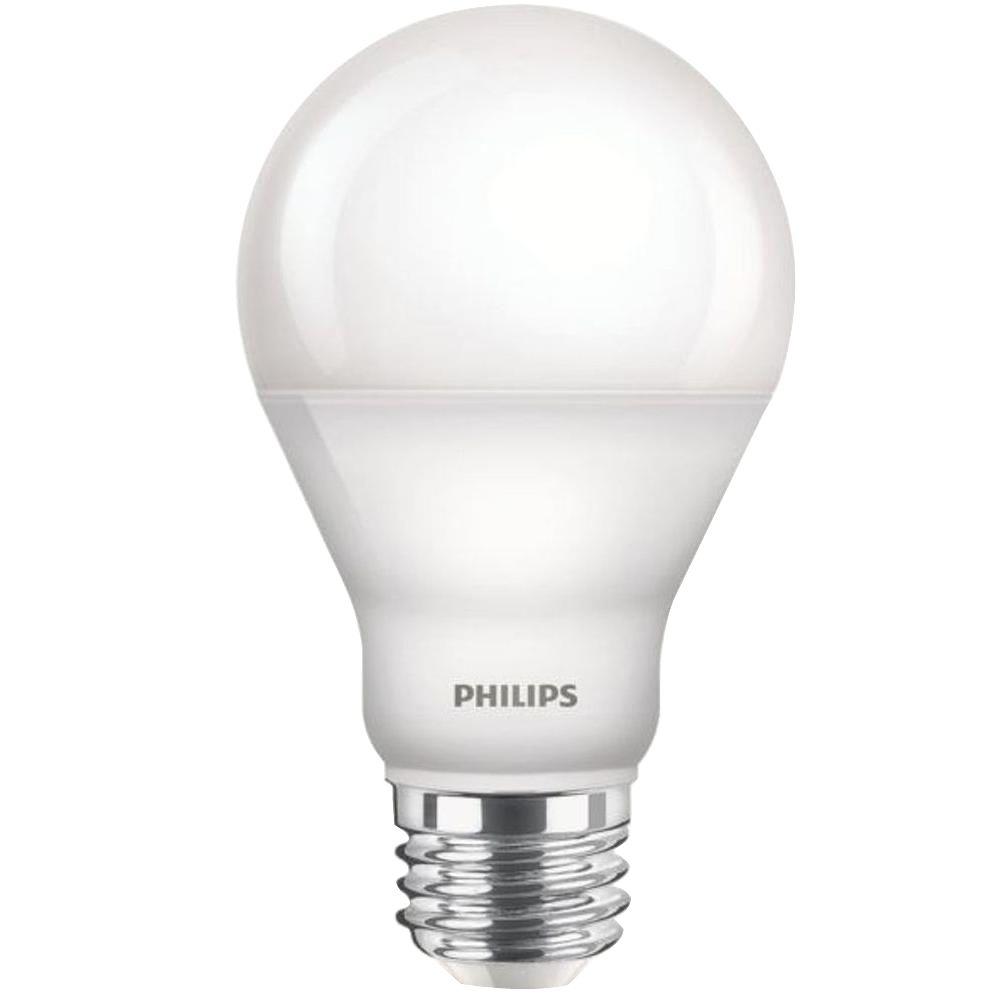

The two most popular colors available for LEDs are soft white (also called warm white) and bright white (also called daylight). For the home, however, you're likely looking for something similar to the light that incandescents produce. Incandescent bulbs typically put out a warm, yellowish hue, but LEDs come in a range of colors.Īs shown off by Philips Hue, LED bulbs are capable of displaying an impressive color range, from purple to red, to a spectrum of whites and yellows. Get a sense of the brightness (in lumens) you need before heading to the store, and throw away your affinity for watts.


Read more: The best LED light bulb for every room in your houseĪs you can see in the chart above, an incandescent can draw up to five times as many watts for the same number of lumens. For reference, here's a chart that shows the watt-lumen conversion for incandescents and LEDs. The lumen (lm) is the real measurement of brightness provided by a light bulb, and is the number you should look for when shopping for LEDs. Instead, a different form of measurement should be used: lumens. (The point, after all, is that they draw less energy.)įor example, an LED bulb with comparable brightness to a 60W incandescent is only 8 to 12 watts.īut don't bother doing the math - there isn't a uniform way to covert incandescent watts to LED watts. For incandescents, there is an accepted correlation between the watts drawn and the brightness produced, but for LEDs, watts aren't a great predictor of how bright the bulb will be. The brightness of LEDs, however, is determined a little differently.Ĭontrary to common belief, wattage isn't an indication of brightness, but a measurement of how much energy the bulb draws. When shopping for bulbs, you're probably accustomed to looking for watts as an indication of how bright the bulb will be. Read more: The best LED floodlights you can buy in 2021 Lumens, not wattsįorget what you know about incandescents - your watts are no good here. Before you go shopping, though, there are some things you need to know. Besides, several incandescent bulbs - including the 100-watt incandescent - are being phased out, so you'll need to make the switch eventually in any case.īuying the right LED is different from buying incandescent bulbs. If you're smart home-inclined, LEDs open the door to many interesting and worthwhile features, including bulbs that change colors and bulbs that sync with your security system or voice assistant of choice. That's great for the environment, and it can save you money on your electricity bill in the long term. For starters, LED bulbs last much longer than incandescent bulbs, and they put out the same amount of light using significantly less energy. If you haven't switched to LED bulbs, now is the time. Before you head to the store, learn the specs to look out for when buying LED bulbs.


 0 kommentar(er)
0 kommentar(er)
